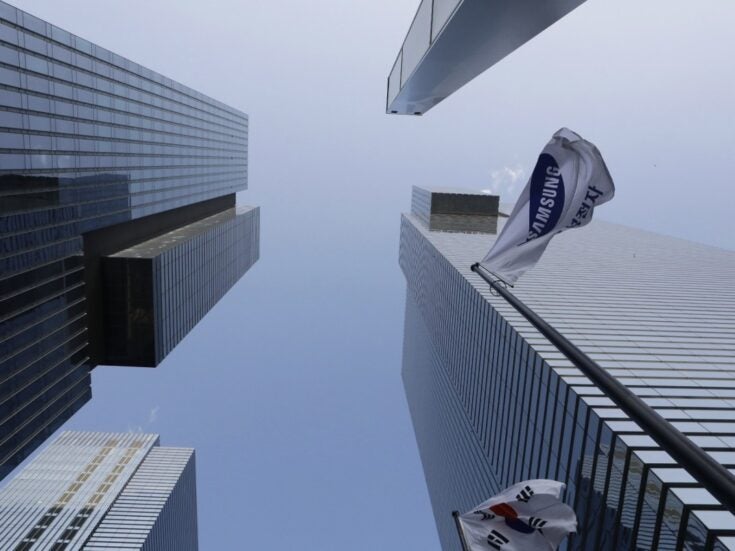Within a not-very-subtle anti-bank polemic, there lies the nugget of an original and excellent film
We have not been poor in our choice of explanations of the financial crisis: Robert Peston has had a go; there were several which followed on the anniversary of Lehmans’ collapse; and the newspapers’ coverage has been comprehensive and unforgiving. So what need for the new feature-length Inside Job?
The answer is that within a not-very-subtle anti-bank polemic (Matt Damon’s narration ends with a call to fire all the top bankers and the final shot is of the Statue of Liberty), there lies the nugget of an original and excellent film. Sadly, the film (which is written, produced and directed by Charles Ferguson) is smothered in two hours of explanation of CDOs and CSOs and le-ve-rage (for the slow). Talking heads include Christine Lagarde, Dominique Strauss-Kahn, Gillian Tett, Martin Wolf and virtually no bankers.

The nuggest is the fourth chapter of the film, the shortest but easily the most intriguing. It is about how the economics departments of all major universities in America are infiltrated with professors who take or have taken money from banks or other financial institutions to produce books or sit on boards or advise them.
The subject is broader than conflict of interest, although this is touched upon. The real topic is that their pro-market, anti-regulation views – how far influenced by their paycheck? – are the orthodoxy in universities, producing generations of students who become bankers and cannot see beyond their professors.
This theory goes some way to explaining why many bankers cannot even see anything wrong with their behaviour: they were, so to speak, weaned on free market ideologies of complex financial products, risk-regardless. If someone were to produce a documentary on this, that would be worth seeing.







